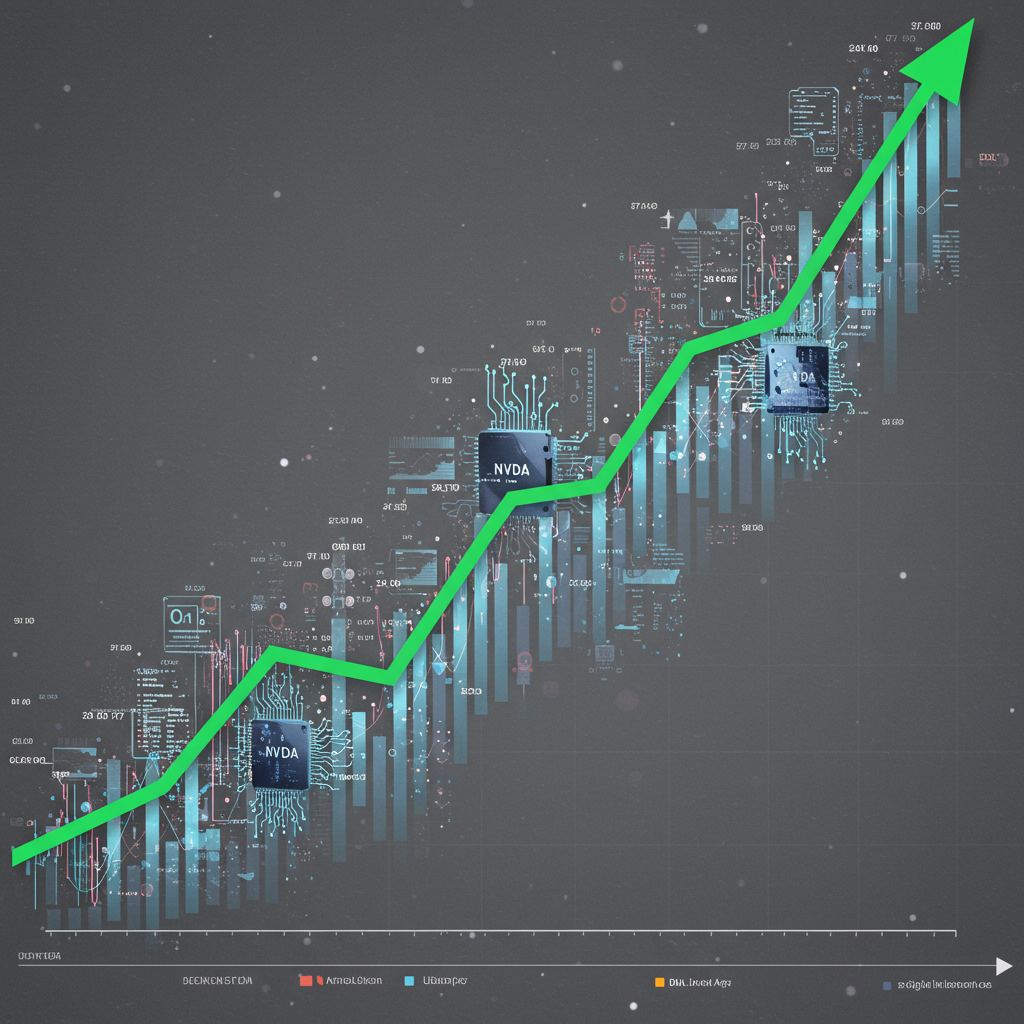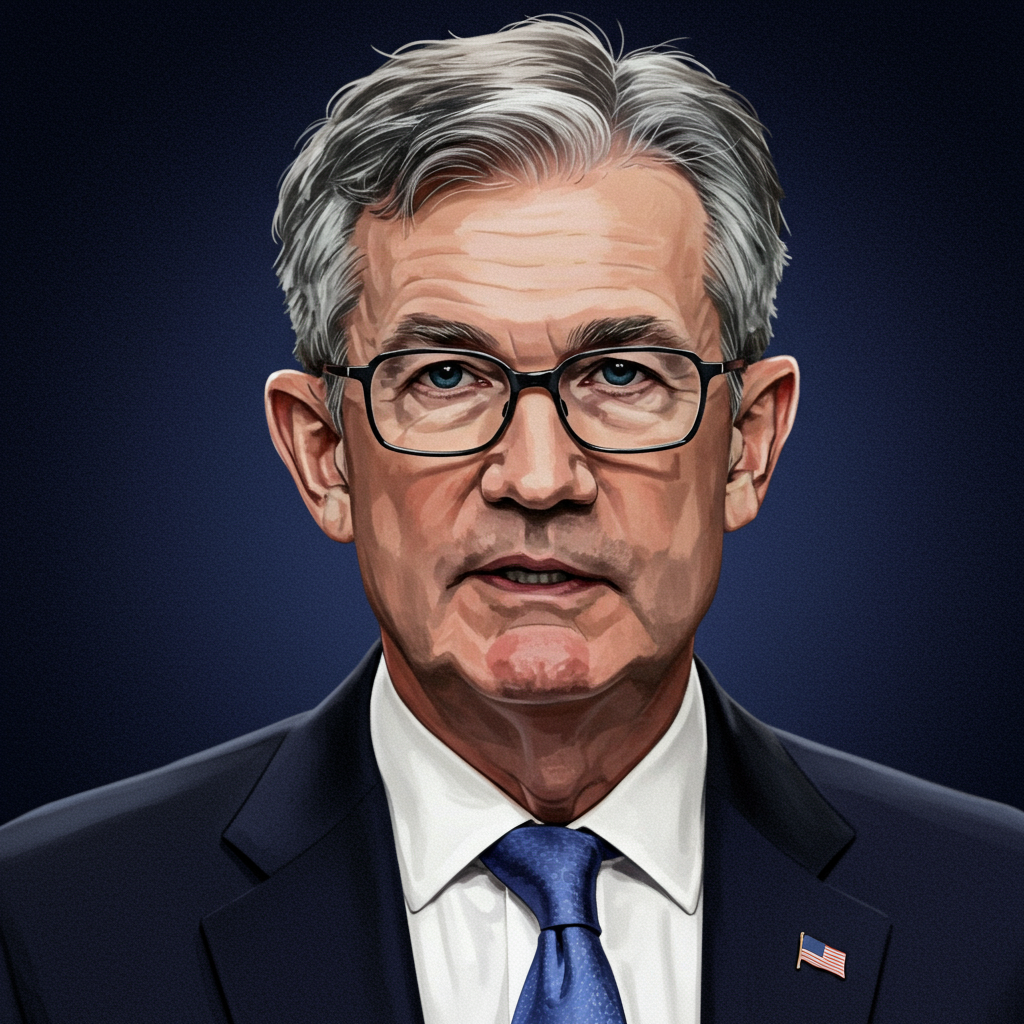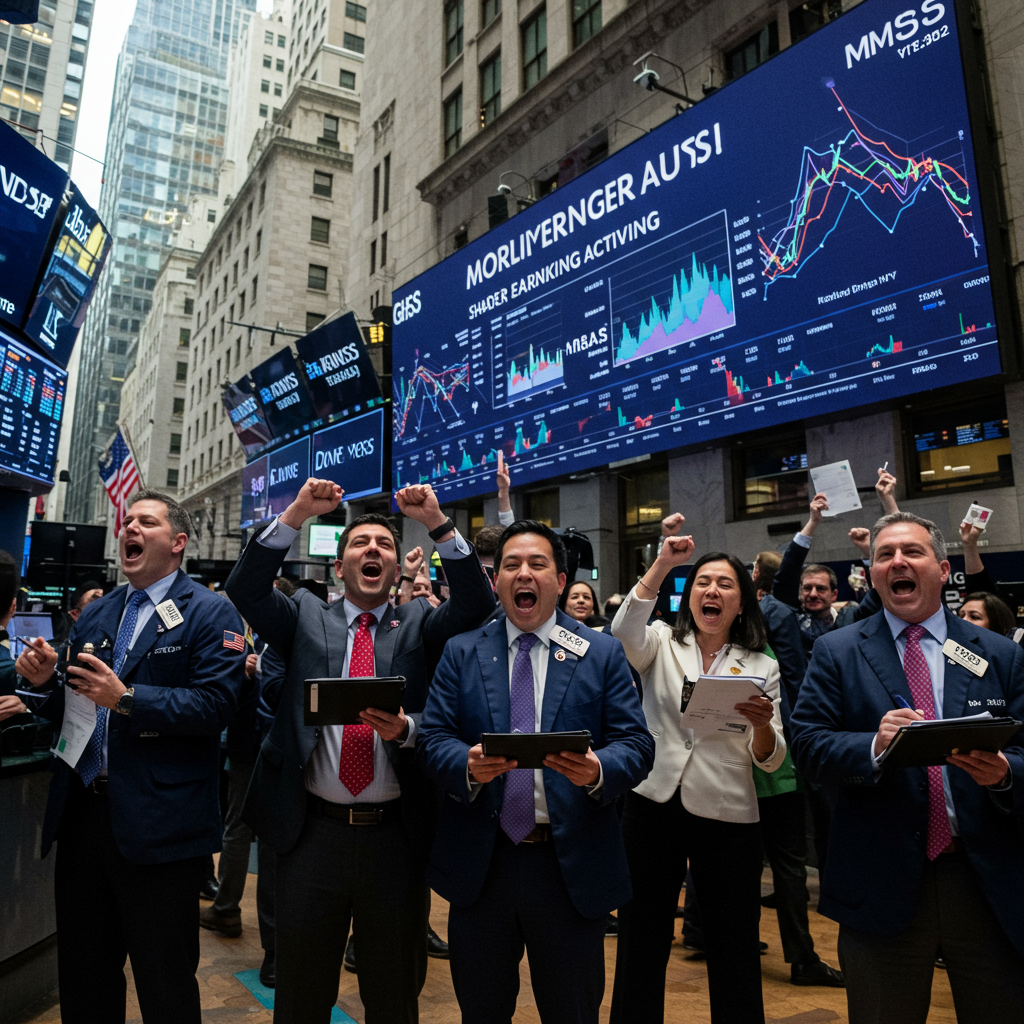Nvidia (NVDA) stock is making headlines once again, soaring to a fresh record high. Shares of the AI chip manufacturing giant reached $154.31 on Wednesday, June 25, 2025, marking a significant milestone in what has been a remarkable turnaround year. This new peak comfortably surpassed the stock’s previous record close of $149.43, set back on January 6, 2025. The achievement underscores Nvidia’s continued dominance in the burgeoning artificial intelligence market.
The recent surge in Nvidia’s stock price follows its robust first-quarter earnings report released in late May. The results exceeded Wall Street’s expectations, demonstrating the company’s underlying strength even as it navigates challenges like export restrictions on chip sales to China, a key market. Since that positive earnings announcement on May 28th, Nvidia shares have climbed over 14%, handily outpacing the S&P 500’s gain of approximately 3.4% during the same period.
Market analysts are taking an increasingly bullish stance on Nvidia’s future prospects. Ananda Baruah, an analyst at Loop Capital, recently raised their price target for NVDA to an ambitious $250 – the highest target currently tracked by Yahoo Finance. This projection suggests Nvidia’s market capitalization could potentially nearly double from its current level of around $3.6 trillion to an astounding $6 trillion. The rationale behind this optimism centers on Nvidia’s perceived near-monopoly position in critical AI technology, granting it substantial pricing and margin power. Analysts estimate the total addressable market for AI chips alone could reach a staggering $2 trillion by 2028, with the broader AI data center market potentially hitting $823 billion by 2030, providing a vast runway for Nvidia’s growth.
Navigating Early 2025 Headwinds
The stock’s journey to this new high hasn’t been without turbulence in 2025. Following its January peak, Nvidia shares struggled for several months. Factors contributing to this difficult period included renewed trade tensions stemming from potential tariff actions and increased competition within the AI space.
Specifically, the stock experienced a sharp decline in late January partly due to concerns about demand sustainability, amplified by news of a new, lower-cost AI model introduced by Chinese startup DeepSeek. The pressure intensified in April after announcements of steep tariffs unsettled the broader market. The US administration’s ban on sales of Nvidia’s H20 chips to China resulted in estimated revenue losses of $2.5 billion in the first quarter and a projected $8 billion loss for the second quarter. Further competitive threats emerged with reports of Chinese tech giant Huawei developing an advanced AI chip designed to challenge Nvidia’s previous generation H100 chips.
These headwinds led Nvidia’s stock to hit its lowest closing price in over a year on April 4th, trading just above $94.
The Path to Recovery
The signs of recovery began appearing in May, even before the strong Q1 earnings report. Significant deals to supply hundreds of thousands of AI chips to Saudi Arabia and the United Arab Emirates provided crucial momentum. This upward trajectory culminated in Nvidia briefly surpassing Microsoft to become the world’s most valuable company in early June 2025. (Microsoft itself closed at $492.27 on June 25th with a market cap of $3.659 trillion, showing the tight race for market leadership).
Market Trends and Future Outlook
Nvidia’s recent performance aligns with a broader resurgence of investor interest in technology stocks. Bank of America analysts noted that tech inflows reached their highest level in the week ending June 21st since June 2024, indicating a strong appetite for the sector. This trend also saw both the Nasdaq 100 and the Nasdaq Composite reaching fresh record highs recently. The tech sector was notably the only S&P 500 sector to finish in positive territory on June 25th, heavily influenced by Nvidia’s strength, but also supported by gains in other AI-related names like Oracle and Micron.
However, questions about the long-term sustainability of the current pace of AI infrastructure spending persist, particularly as tech companies are investing heavily in building this technology without yet seeing proportional revenue generation from it. Competition in the AI chip market is also expected to intensify over time.
Despite these challenges, Nvidia’s current trajectory and its pivotal role in the global AI build-out position it as a dominant force in the market, with analysts pointing to substantial future growth potential.




